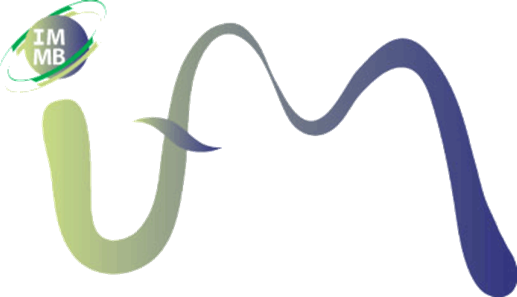Team
- Yulduzkhon Abdullaeva
- Kirsten Heuer
- Karin Niermann
- N.N.
Topic
In their natural habitats bacteria are engaged in numerous interactions with other microorganisms. It can be assumed that a high number of the genes within bacterial genomes, which encode proteins of unknown function, might have roles in interspecific interactions of bacteria. The goal of our research is to unravel principles of interspecific micorbial interactions. To this end, we aim to identify novel bioactive compounds (e.g. signal molecules, antibiotics). In addition, we are working on the establishment of synthetic microbial communities for improving biotechnological processes.
We study interspecific interactions of bacteria with defined co-cultures as model systems. In some of these co-cultures the bacteria are forced to compete for their substrates in various ways, and we could show that the quorum sensing-regulated formation of secondary metabolites as well as biofilm formation is important for successful competition.
Our current focus is on metabolic interactions of heterotrophic bacteria with photoautotrophic algae. Here, we study the symbiotic interaction of methylamine-degrading bacteria with unicellular algae.

Scenarios of interspecific metabolic interactions of bacteria© AG Philipp Funding
- BMWi (F2F)
- DFG (SFB 454)
- Industrial Cooperation
Publications
Review-Article:
Jagmann N, Philipp B (2014) Design of synthetic microbial communities for biotechnological production processes.
Journal of Biotechnology 184: 209-218. doi: 10.1016/j.biotec.2014.05.019Ausgewählte Original-Publikationen:
Zecher K, Hayes KR, Philipp B (2020)
Evidence of interdomain ammonium cross-feeding from methylamine- and glycine betaine-degrading Rhodobacteraceae to diatoms as a widespread interaction in the marine phycosphere.
Front. Microbiol. 11: 533894, doi: 10.3389/fmicb.2020.533894Stumpf A-K, Vortmann M, Dirks-Hofmeister ME, Moerschbacher B, Philipp B (2019)
Identification of a novel chitinase from Aeromonas hydrophila AH-1N for the degradation of chitin within fungal mycelium.
FEMS Microbiology Letters 366, fny294. doi: 10.1093/femsle/fny294Jagmann N, Philipp B (2018) SpoT-Mediated Regulation and Amino Acid Prototrophy Are Essential for Pyocyanin Production During Parasitic Growth of Pseudomonas aeruginosa in a Co-culture Model System With Aeromonas hydrophila.
Frontiers in Microbiology, doi: 10.3389/fmicb.2018.00761Sgobba E, Stumpf A-K, Vortmann M, Jagmann N, Krehenbrink M, Dirks-Hofmeister M, Moerschbacher B, Philipp B and Wendisch VF (2018) Synthetic Escherichia coli-Corynebacterium glutamicum consortia for L-lysine production from starch and sucrose.
Bioresour Technol. 2018 Mar 30;260:302-310, doi: 10.1016/j.biortech.2018.03.113*Suleiman M, *Zecher K, Yücel O, Jagmann N, Philipp B (2016)
Interkindom Cross-Feeding of Ammonium from Marine Methylamine-Degrading Bacteria to the Diatom Phaeodactylum tricornutum.
Applied and Environmental Microbiology 82: 7113-7122. doi:10.1128/AEM.01642-16.
*These authors contributed equally to the paper.Jagmann N, Bleicher V, Busche T, Kalinowski J, Philipp B (2016) The guanidinobutyrase GbuA is essential for the alkylquinolone-regulated pyocyanin production during parasitic growth of Pseudomonas aeruginosa in co-culture with Aeromonas hydrophila.
Enivronmental Microbiology 201 June 20. doi:Jagmann N, von Rekowski KS, Philipp B (2012) Interactions of bacteria with different mechanisms for chitin degradation result in the formation of a mixed-species biofilm.
FEMS Microbiology Letters 326: 69-75
Jagmann N, H-P Brachvogel, B Philipp (2010) Parasitic growth of Pseudomonas aeruginosa in co-culture with the chitinolytic bacterium Aeromonas hydrophila.
Environmental Microbiology 12: 1787-1802

